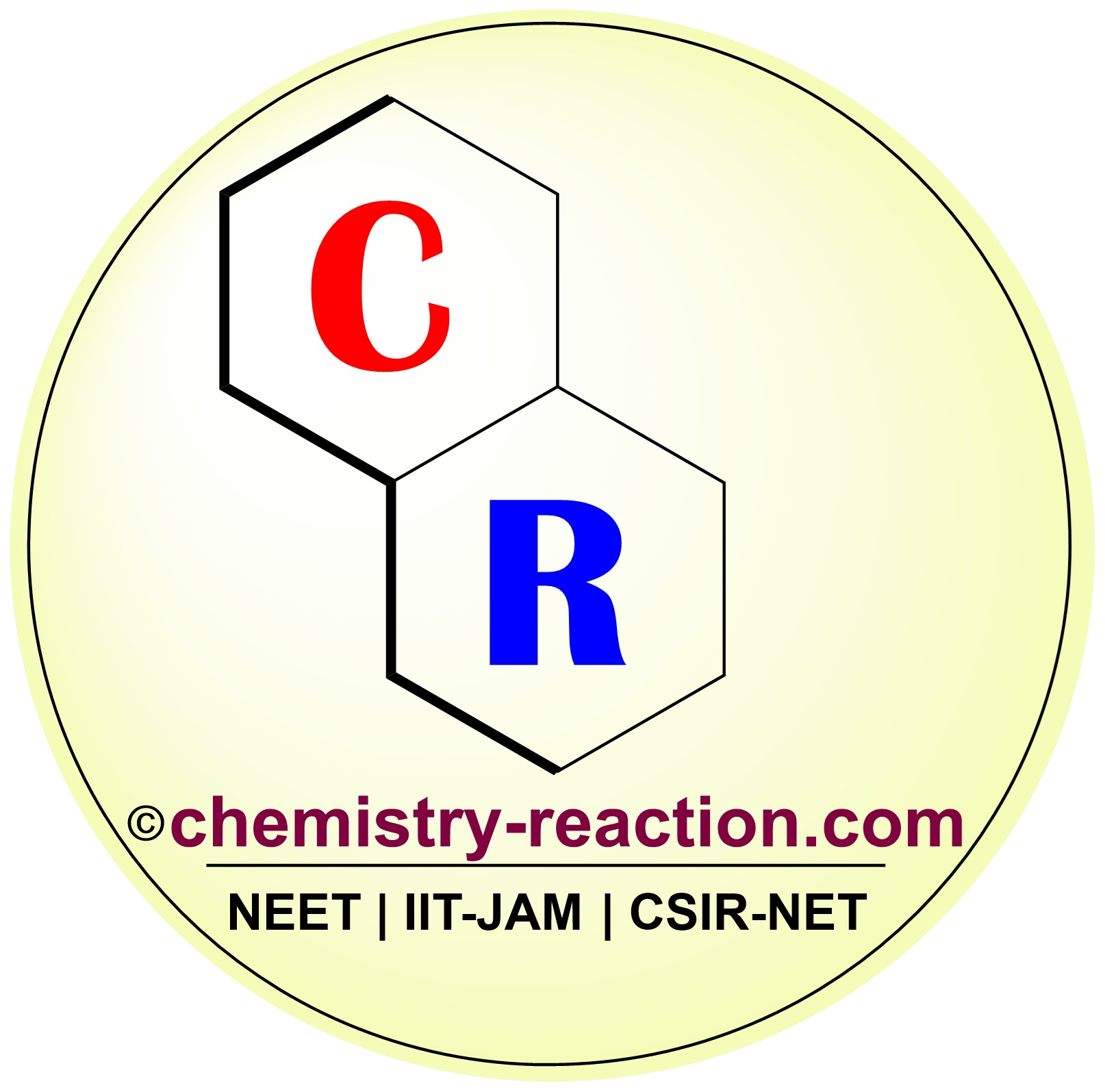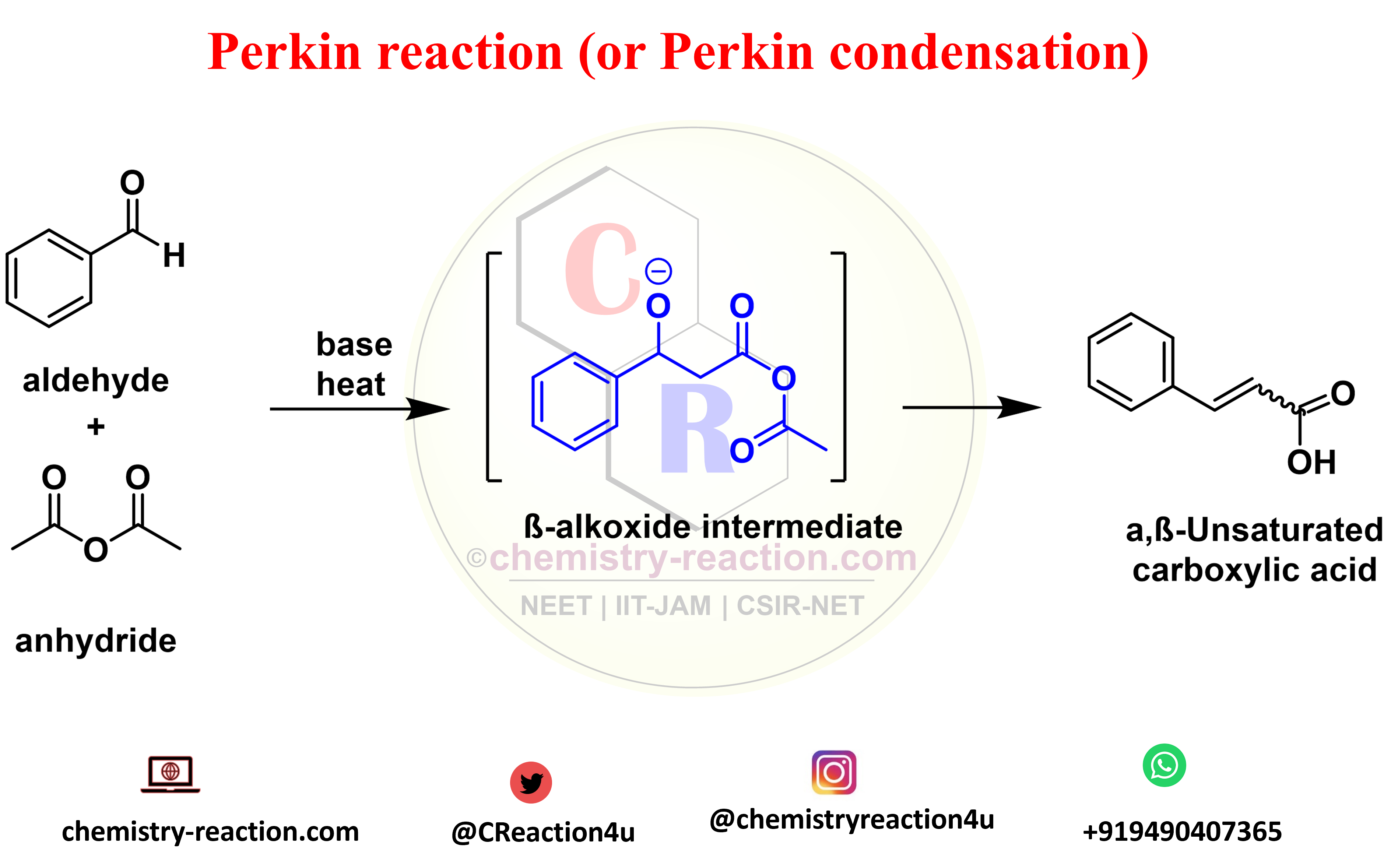Aldol Reaction: Condition | Mechanism | Examples
Definitionn: The Aldol reaction is a versatile carbon-carbon bond-forming reaction in organic chemistry. It involves the condensation of an enol or enolate (derived from a carbonyl compound) with another carbonyl compound, forming a β-hydroxy carbonyl compound, known as an aldol product. The reaction takes its name from the combination of “aldehyde” and “alcohol,” as the … Read more




